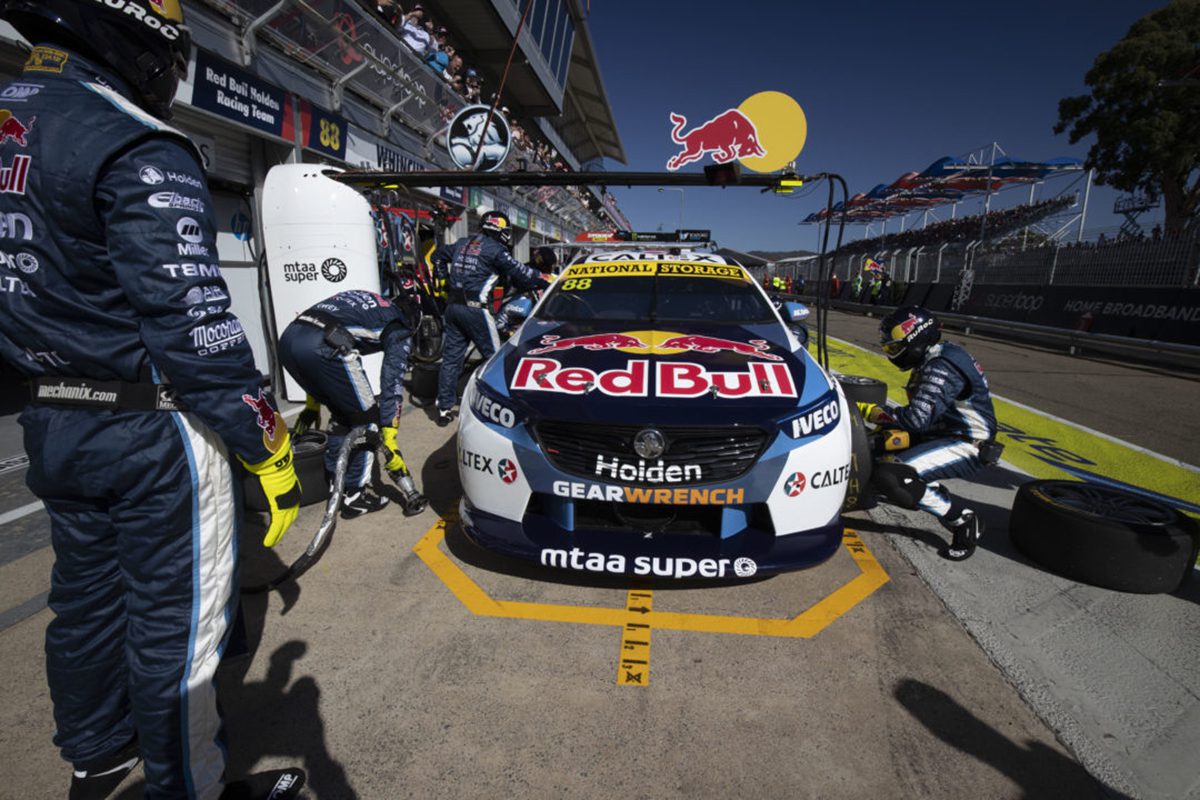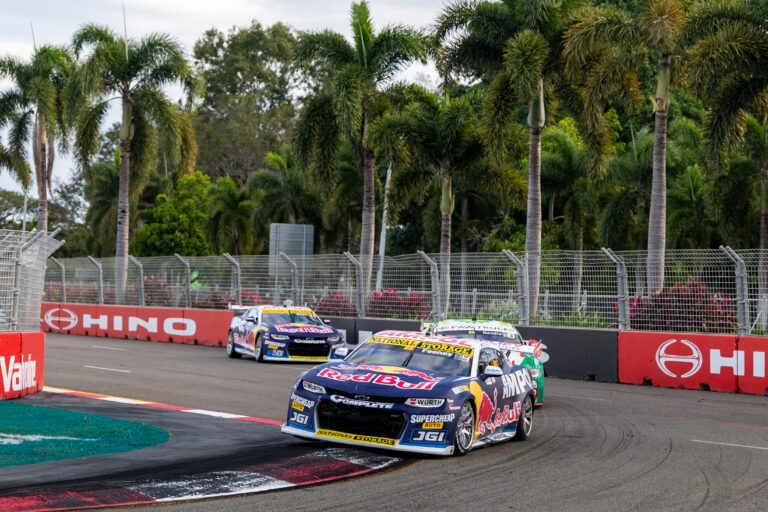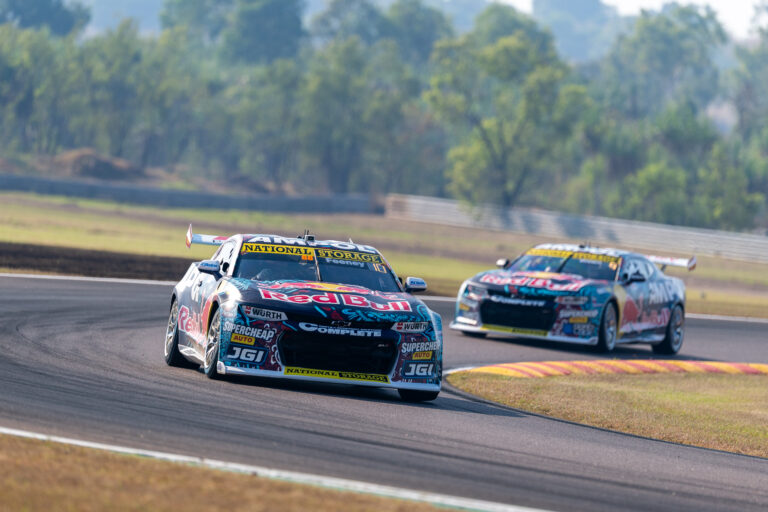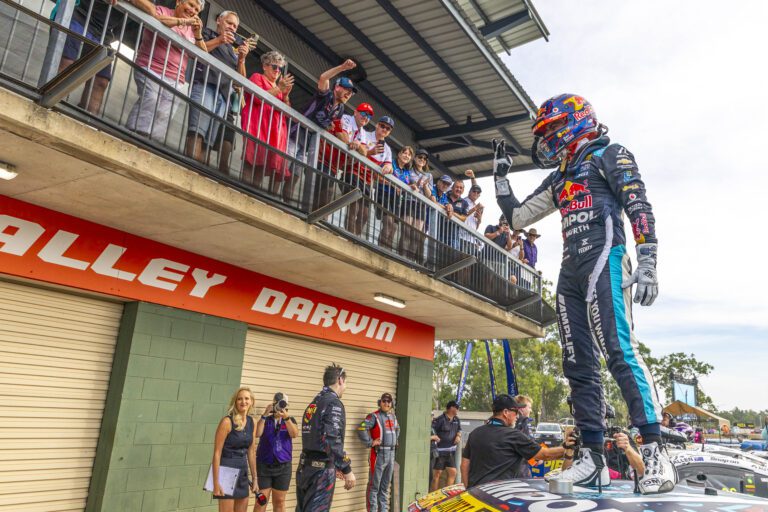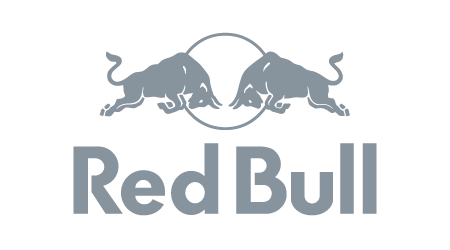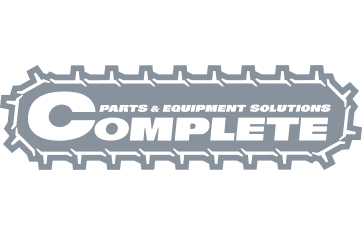It’s the cool, calm and collected voice that our drivers hear through their radio when cruising down pit lane at a mere 40km/h, but what does the role of a pit stop car controller actually entail?
Fortunately, for the Red Bull Holden Racing Team, that responsibility lies with team manager Mark ‘Dutto’ Dutton, and it’s a role that’s quite foreign to him.
“I’ve only come in as the full-time car controller for Supercars this year. More recently, I’d been the car controller in the last couple of Bathurst 12 Hour’s we had competed in,” Dutto said.
“As a car controller, your job is to lead the pit crew, tell the pit crew when to roll out, make sure the crew know what’s happening and know which car is coming in and what pit strategy we’ll be executing. Whether that be two tyres, four tyres, what car is coming in, what happens if there’s a safety car, and so on. This can still be changing even after the car or cars have entered pitlane.
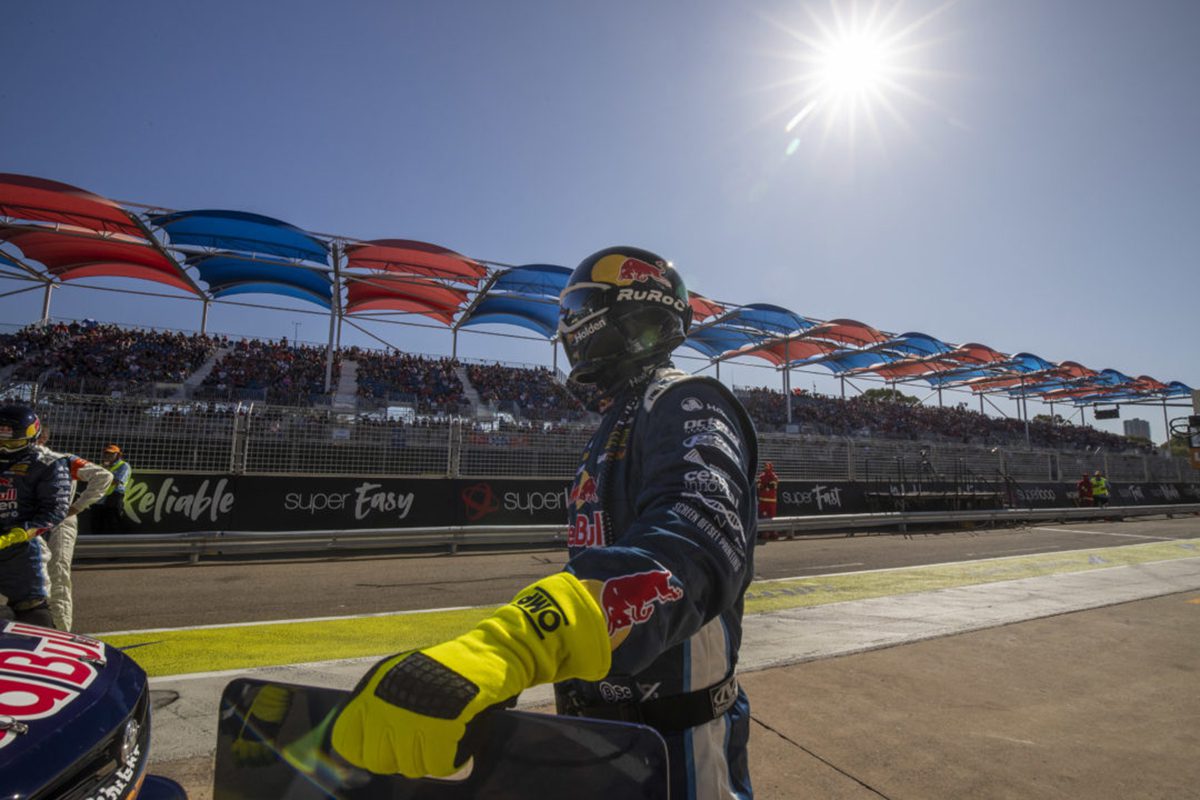
“When the driver enters pit lane, you open up the radio channel and tell them what’s happening in broad terms, as the engineers won’t tell the driver on the radio what’s happening because the radio line between driver and engineer is broadcast to everyone.
“The car channels are published, so every team can scan each other. Again, as car controller, you might not want to give too much away as you don’t want to make it too easy for teams you’re racing against to know what your strategy is.”
“Different drivers like to hear different things as well. Shane (van Gisbergen), for instance, likes the least amount of chit-chat in pit lane as possible, so you have to adapt to both drivers.
Directing our cars in and out of the team’s pit bay is also key to the role. While you may assume this is a relatively easy task for our drivers, there are a number of rules that they must adhere to avoid receiving a penalty.
“A driver can’t just come into the slow lane straight away, you can only do it two pit bays before yours, and then you have to exit into the fast lane within two pit bays after.
“It’s the car controller’s job to talk the car out of the fast lane but more importantly back into the fast lane. Sometimes the driver can see that the pit lane is clear, as well as if it’s congested.
“Being calm and giving clear, good information is very important in the role. In saying that, when it’s time for the drop-and-go, you don’t want to be too calm – you need to have a bit of urgency so the drivers launches faster.”
Being the eyes and ears for our drivers is also a key role for the car controller and having them ready to launch when their stop is complete is important, says Dutto.
“To put it in comparison, making sure drivers are ready to release their car from pit lane is like a sprinter at the starting block of a 100-metre sprint. Sprinters don’t set up at their starting blocks three minutes before they’re ready to launch – they only set up seconds before the starting pistol is fired. It’s the same for a fueling stop.
“If we’re asking the drivers to stop for a 23-second fuel stop, you don’t want the drivers getting ready to launch the whole time, that’s why you tell them it’ll be a long one, or it’s going to be a short one, keep them updated with stop progress and pit lane traffic, then prime them when the stop is nearing completion”
Asking Dutto to sum up the role, he explains that there’s one vital aspect to the job.
“If you break the role down, the most important aspect of the role is the release of the car from our pit bay into the fast lane. Everything else shadows in comparison, because everything else has been covered off in pre-briefs with the drivers.
“You could go out there, say nothing, and the drivers…nine times out of ten, should swing across at the right time, and do everything else right until the release – that’s the only point which makes or breaks the car controller.”

